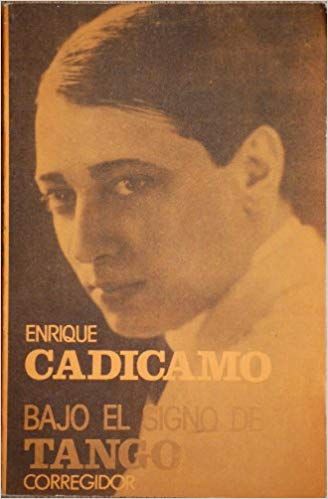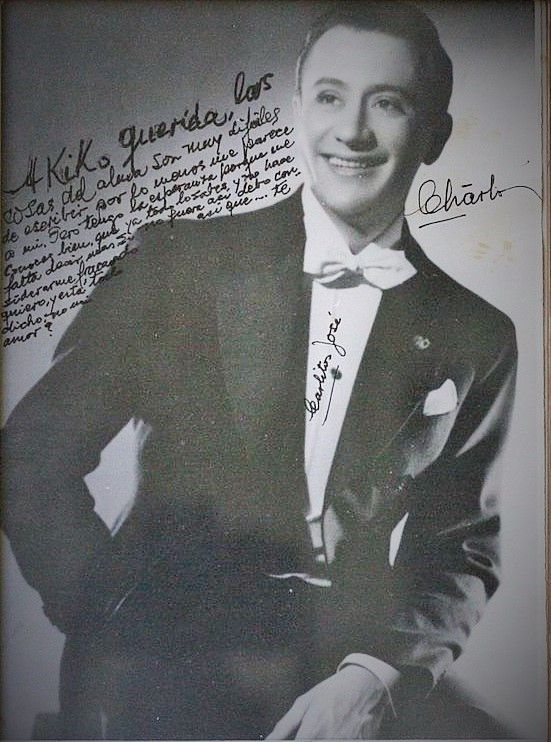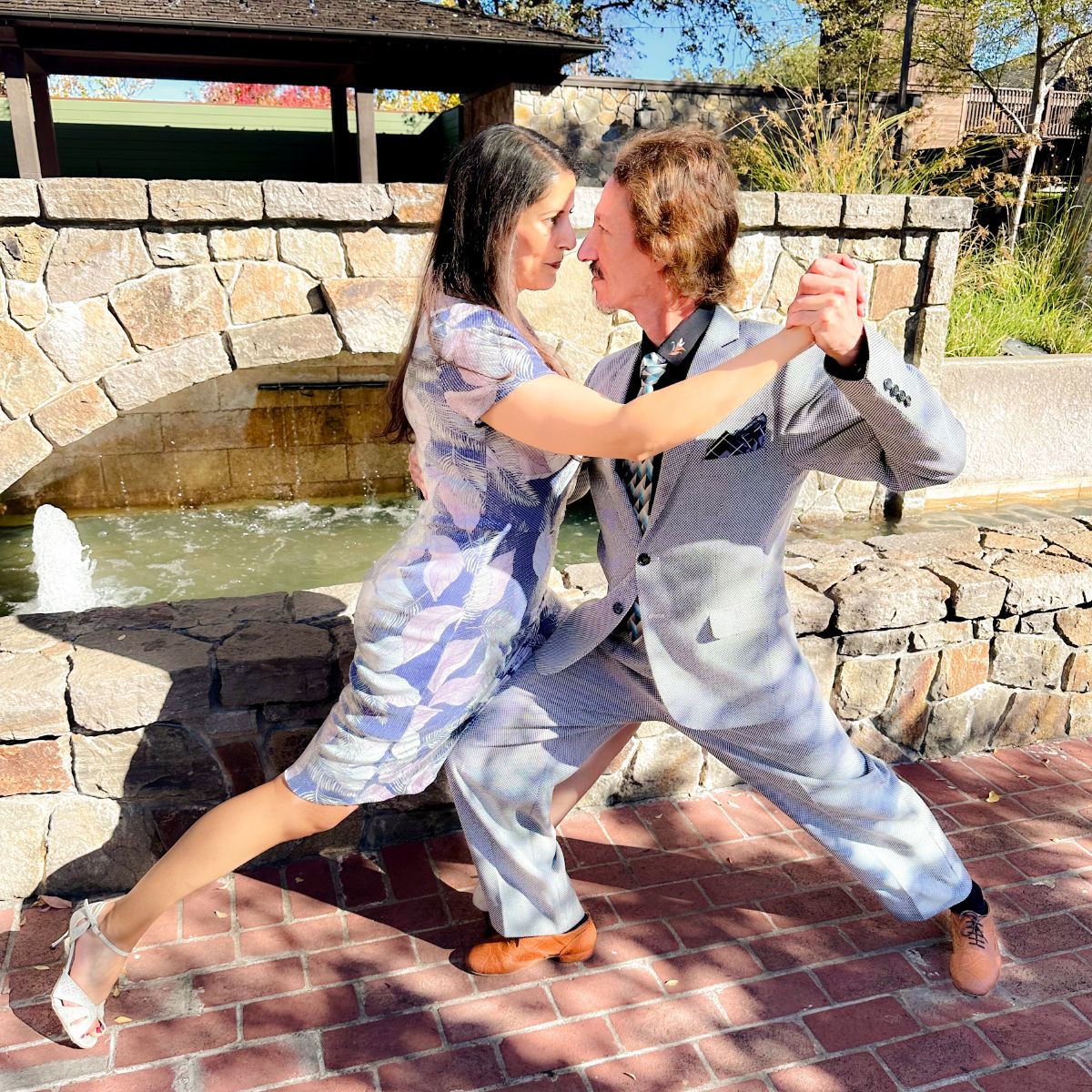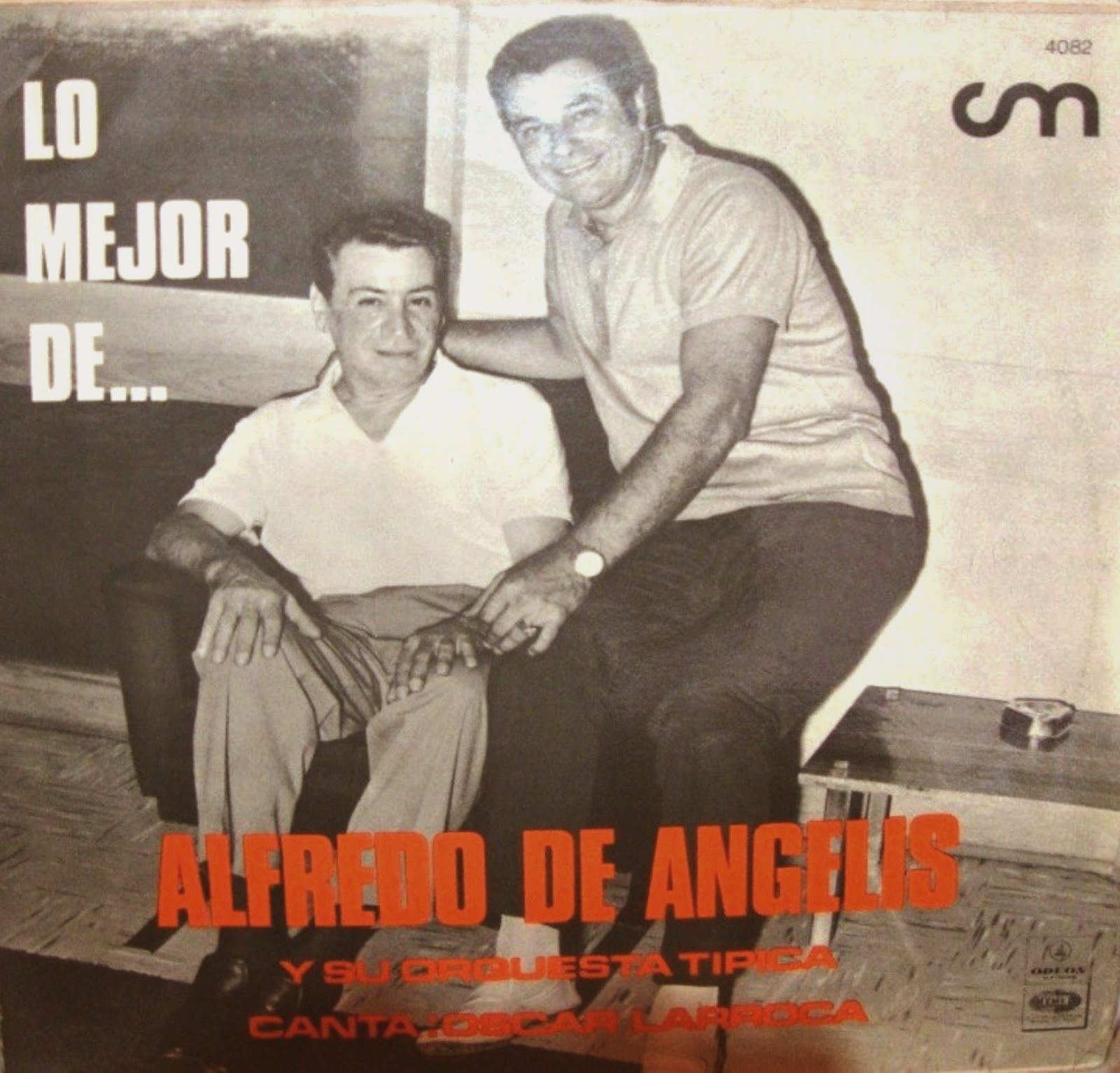“Garúa” by Pedro Laurenz y su Orquesta Típica with Alberto Podestá in vocals, 1943.
 Enrique Cadícamo
Enrique Cadícamo
Poet, lyricist, composer, writer, and theatre writer.
(July 15, 1900 – December 3, 1999)
It is difficult to find so prolific an author within any songbook in the world; he approached any imaginable subject to be sung and in all rhythms.
“An everlasting boy —wrote León Benarós—, Cadícamo seems to live counterclockwise. He keeps his hair intact, of a pale blond color, that becomes square at the back of his neck and rather long in a juvenile fashion… He wears light-colored ties —once we saw him with one of a subtle yellow color— and his sports coats add him youth. He wants to forget about time because he knows that time —“that dark enemy that sucks our blood”, according to Baudelaire’s lines—, feeds on our illusions, on our life…” Continue reading at www.todotango.com…
Listen and buy:










